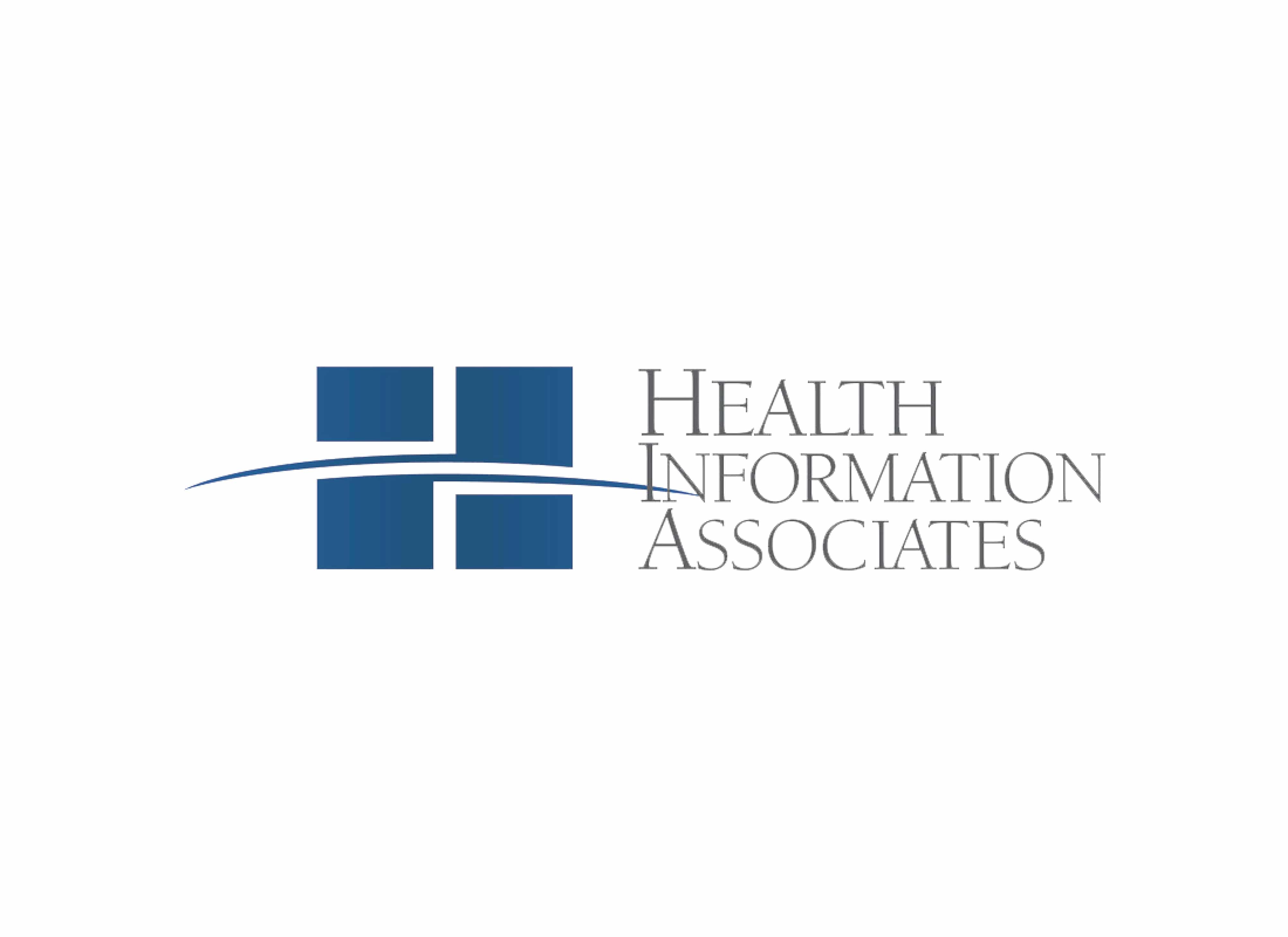Feb 06, 2017

One of the updates to the ICD-10-CM Official Guidelines for Coding and Reporting FY 2017 came as a real surprise to most coders. Here is the excerpt from the guidelines:
19. Code assignment and Clinical Criteria
The assignment of a diagnosis code is based on the provider’s diagnostic statement that the condition exists. The provider’s statement that the patient has a particular condition is sufficient. Code assignment is not based on clinical criteria used by the provider to establish the diagnosis.
Per, Coding Clinic, Third Quarter 2016, Page: 8: sepsis can be assigned as a diagnosis based on the physician’s statement that the condition exists regardless of the clinical criteria the physician used to arrive at that diagnosis. Coders are instructed to code using the most current version of the ICD-10-CM classification and the ICD-10-CM Official Guidelines for Coding and Reporting, not clinical criteria.
Per Coding Clinic, Fourth Quarter, 2016, Page 147: “Coders should not be disregarding physician documentation and deciding on their own, based on clinical criteria, abnormal test results, etc., whether or not a condition should be coded. For example, if the physician documents sepsis and the coder assigns the code for sepsis, and a clinical validation reviewer later disagrees with the physician’s diagnosis, that is a clinical issue, but it is not a coding error. By the same token, coders shouldn’t be coding sepsis in the absence of physician documentation because they believe the patient meets sepsis clinical criteria.”
This new guidance should not be interpreted that a code would be reported as a diagnosis just because it is documented by the physician if the condition is not under current treatment or that meets one of the reporting requirements for additional diagnoses. Per the ICD-10-CM Official Guidelines for Coding and Reporting FY 2017, the following should be present when reporting additional diagnoses:
For reporting purposes, the definition for “other diagnoses” is interpreted as additional conditions that affect patient care in terms of requiring:
- Clinical evaluation; or
- Therapeutic treatment; or
- Diagnostic procedures; or
- Extended length of hospital stay; or
- Increased nursing care and/or monitoring
This new guidance is letting coders know that the physician can make a diagnosis and it doesn’t matter what criteria is used to get the diagnosis.
The guideline addition was not intended to be a “new guideline.” It was added based on the long-term practice that coders are not to delete a diagnosis just based on the fact that the coder feels that the diagnosis is not supported clinically, just as they are not to add a diagnosis that appears to be supported clinically. This would be inappropriate as it is up to the physician to determine the significance of a condition.
In summary, the coder should not omit a documented diagnosis due to lack of clinical support, but refer the case to the appropriate facility contact to address it with the physician. Ultimately it should be the physician’s decision as to whether a diagnosis is clinically significant and supported.
Authored by Kim Boy, RHIT, CDIP, CCS, CCS-P
References:
ICD-10-CM Official Guidelines for Coding and Reporting FY 2017 Page: 13
AHA Coding Clinic, Third Quarter 2016, Page: 8
AHA Coding Clinic, Fourth Quarter 2016, Page: 119, 147-149
In need of coding support? We offer both inpatient coding support and outpatient coding support services. Partner with us to replace underperforming coding vendors, get coding backlogs caught up, staff for a FMLA/vacation gap, special projects, to assist in Single Path Coding, or for Total Outsource Coding Support.
The information contained in this coding advice is valid at the time of posting. Viewers are encouraged to research subsequent official guidance in the areas associated with the topic as they can change rapidly.
Subscribe to our Newsletter
Recent Blogs
Related blogs from Industry News , Medical Coding Tips
Coding for treatment of cerebral aneurysms ma...
With the implementation of ICD-10-CM came mor...
It is difficult for coders to know when to re...
Health Information Associates (HIA), known fo...
Subscribe
to our Newsletter
Weekly medical coding tips and coding education delivered directly to your inbox.





Leave a Comment